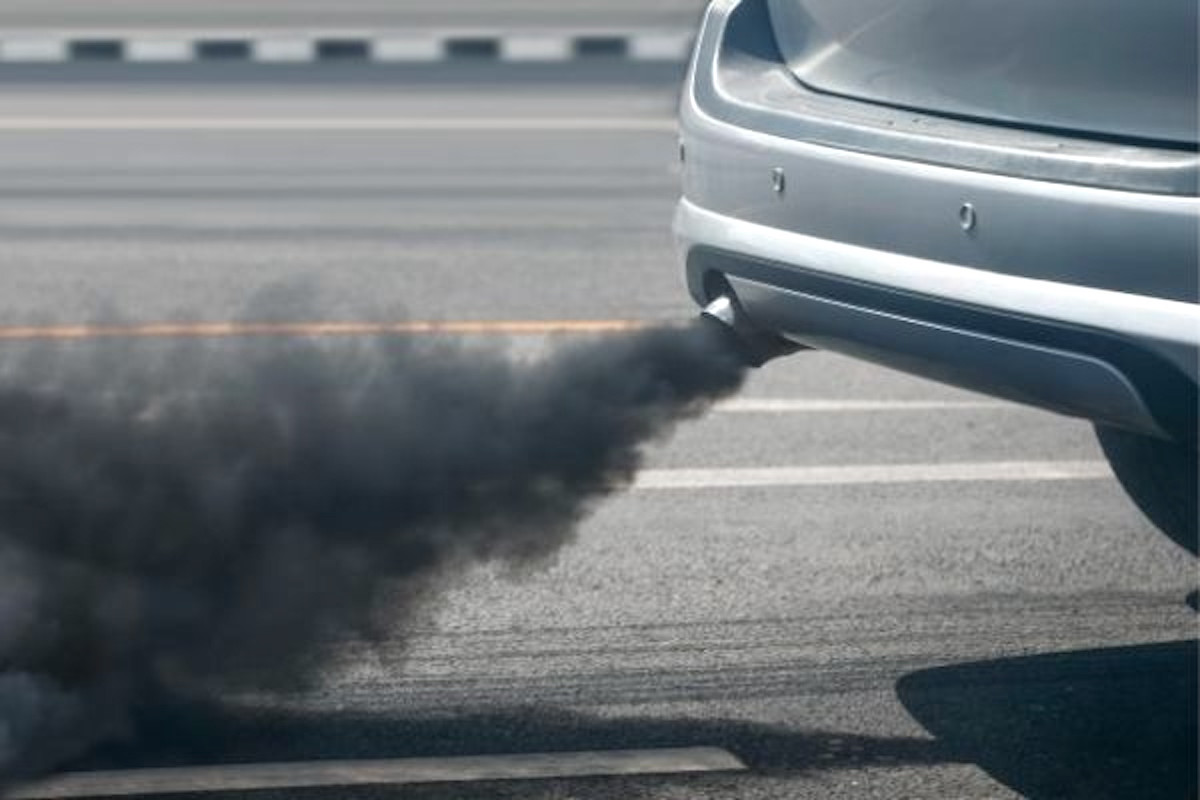Hell yea brother. What we need is cities that cater to walking and better public transit.
Even better than a bicycle and public transit is to not have to commute in the 1st place. Remote work is the way!
Yes, good point!
Decent point but not everyone can work remotely. People also have other needs like shopping, restaurants, sports and social activities. People are always going to need to go places so we might as well build places to let that happen efficiently.
oh I agree with you, my point is that remote work is part of the solution, not the solution.
Yes, obviously, neither electronic nor self driving cars are the solutions. They STILL are cars that are cluttering the streets of our cities, both while running or while parking.
Of course they are SOME use cases where one truly needs a car but they are very limited, so limited usually other solutions are much better, e.g cycling but using a car or car sharing when one can’t get delivery done.
We, as citizens, “only” have to be honest with our actual usual. Sure from time to time we go from city A to city B but 95% of the time we go from neighborhood A, our flat, to neighborhood B, our office. That’s what most of us do twice a day, 200 days a year. We do NOT use cars for more than that and in such contexts, a bike, electrical or not, is better along most axis, not just price but also convenience.
Hopefully we’ll stop being convinced by ads showing beautiful cars in Corsica, Toscani, French riviera or Iceland while in truth, we are stuck in the boring rings surrounding our capitals.
clearing snow off the top of a sedan to commute to/from work is so much more effort than cleaning the seat and handles of a bike. Unfortunately the only reasonable route to work requires going on a highway where pedestrians and bicycles are prohibited.
I don’t trust these estimates. By 2050 there’s no way regular ICE cars will be common. Once any given region goes past about 33% electric vehicles gas stations won’t be profitable anymore and will shutter forever. When that happens it’ll be like falling dominos as gas prices go up and more people will purchase electric vehicles out of necessity as ICE vehicles will become unaffordable.
I also seriously doubt these estimates are taking into account the fact that battery technology and the rate of battery manufacturing is improving at an exponential rate. Yes, the curve is shooting up that fast!
Also, this title is missing a big problem that all vehicles have: The tires are one of their biggest sources of pollution.
In the USA, currently roughly 25% of light vehicles on the road are 20 years old or older [1]. The average age of light vehicles on the road is steadily increasing [2]. The current federal target is that 50% of new cars sold in 2030 will be electric [3]. I don’t know what you consider “common,” but with these data, I wouldn’t be surprised if 20% or more of cars on the road in 2050 were still ICE, and this doesn’t even take into account larger vehicles like busses and trucks, which tend to stay in operation for much longer [4].
If batteries get significantly cheaper, charging infrastructure gets significantly better, oil & gas pricing starts to include its environmental cost, and public transit becomes much easier for those that really can’t afford anything but the cheapest car, then all this might change.
One of the big problems with “ICE vehicles will become unaffordable”, is that the ICE cars themselves will get cheaper, and for people with less income, it’s the big upfront cost of electric cars that keeps them from switching. If a person cannot afford to pay for an electric car out of pocket (it tends to be difficult for poorer people to get access to loans and for loans to be available for older cars), then they will be forced to pay for gas at whatever price it costs.
[1] https://hedgescompany.com/blog/2022/02/how-old-are-cars/
[2] https://www.bts.gov/content/average-age-automobiles-and-trucks-operation-united-states
[3] https://cars.usnews.com/cars-trucks/features/will-us-reach-50-percent-evs-by-2030
[4] https://www.motorbiscuit.com/how-old-average-semi-truck-versus-average-car/
The part of ICE vehicles that will become unaffordable is the gas, not the vehicle itself. In fact, I expect the price of gas to result in even cheaper ICE vehicles because they’ll have to make up for the price of gas somehow.
Not sure it’ll keep pace with the price reductions going on in the land of EVs and batteries though. The only reason why EVs are so expensive is because of the supply/demand curve (and the fact that manufacturers seem to be focusing on cars with loads of luxury features). Sooner or later the supply will catch up and their price will plummet.
That is certainly not the only reason why EVs are still so expensive. Raw materials for batteries are a large portion of their cost. Currently, the cost of many of these raw materials does not account for a living wage for miners or the impacts mining can have on miners and the surrounding environment, and still the raw materials cost is a large portion of the cost of the batteries. Sure, there could be some magic new battery chemistry that circumvents this issue, but it’s unreasonable to expect that. The previous data showing drops in car battery prices could keep going down, sure, but it’s more complicated than simply economics of scale.
What are the environmental impacts of recycling an electric car battery? How much nonrenewable energy went into recycling the battery?
How do you recycle the exhaust fumes and and oil leak run-off from ICE cars?
You can’t. The question I posed was made in earnest.
It’s hard to answer your question entirely right now, but many batteries end up in non-car applications for a few years before they run out of useful life. A car battery with 50% of its original 80kwh is still a LOT of juice.
https://www.greentecauto.com/product-category/repurposed-batteries https://www.secondlife-evbatteries.com/collections/ev-battery/Module https://evolveelectrics.com/products/tesla-model-s-lithium-ion-battery
So even before recycling there is a LOT of reuse possible.
But ultimately when it comes to the recycling process, as grids continue to go carbon-free, the amount of energy used to recycle batteries becomes irrelevant as long as there is an ecological upside.
Thank you!






